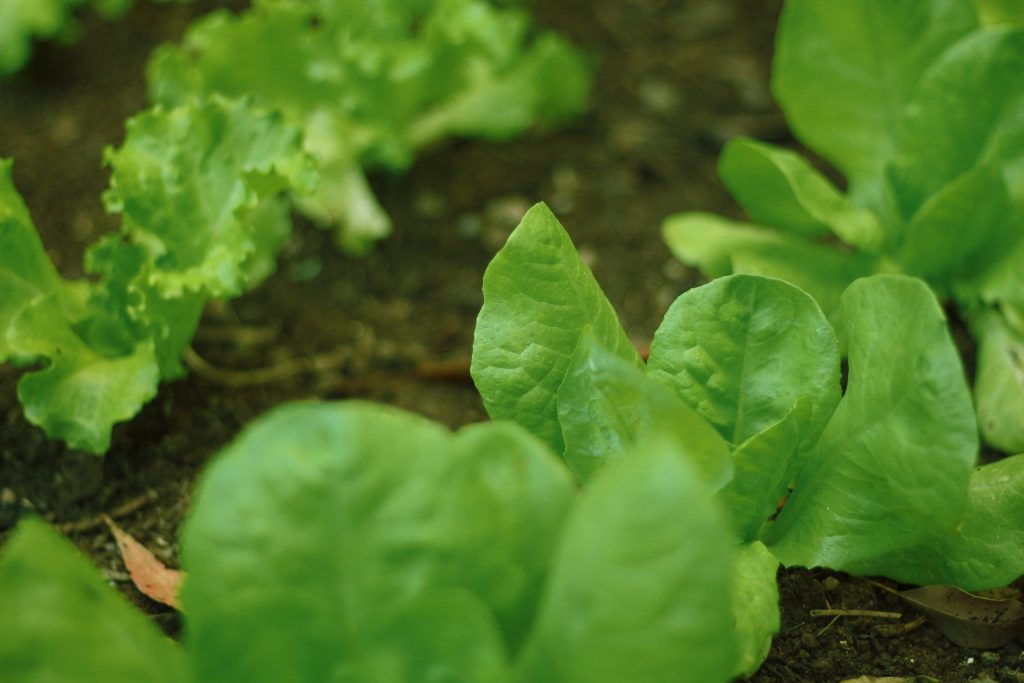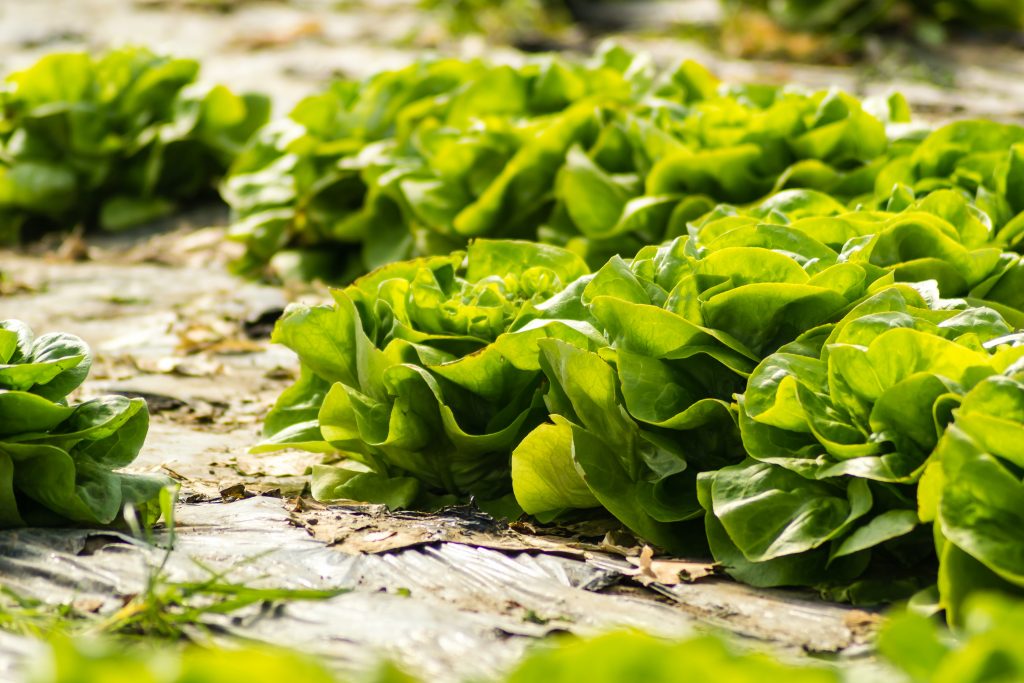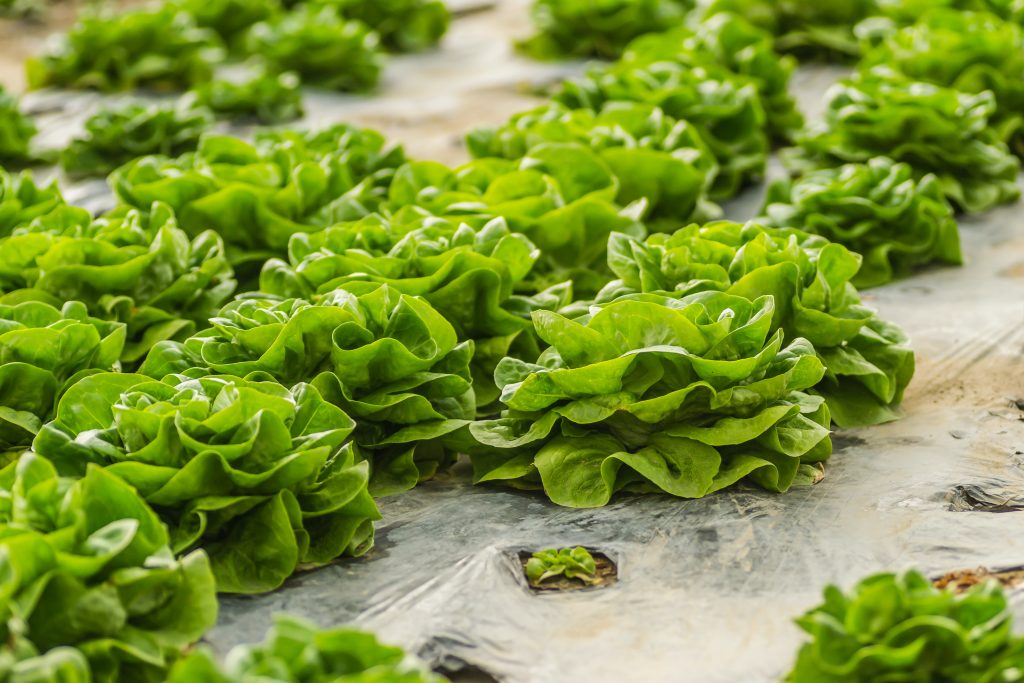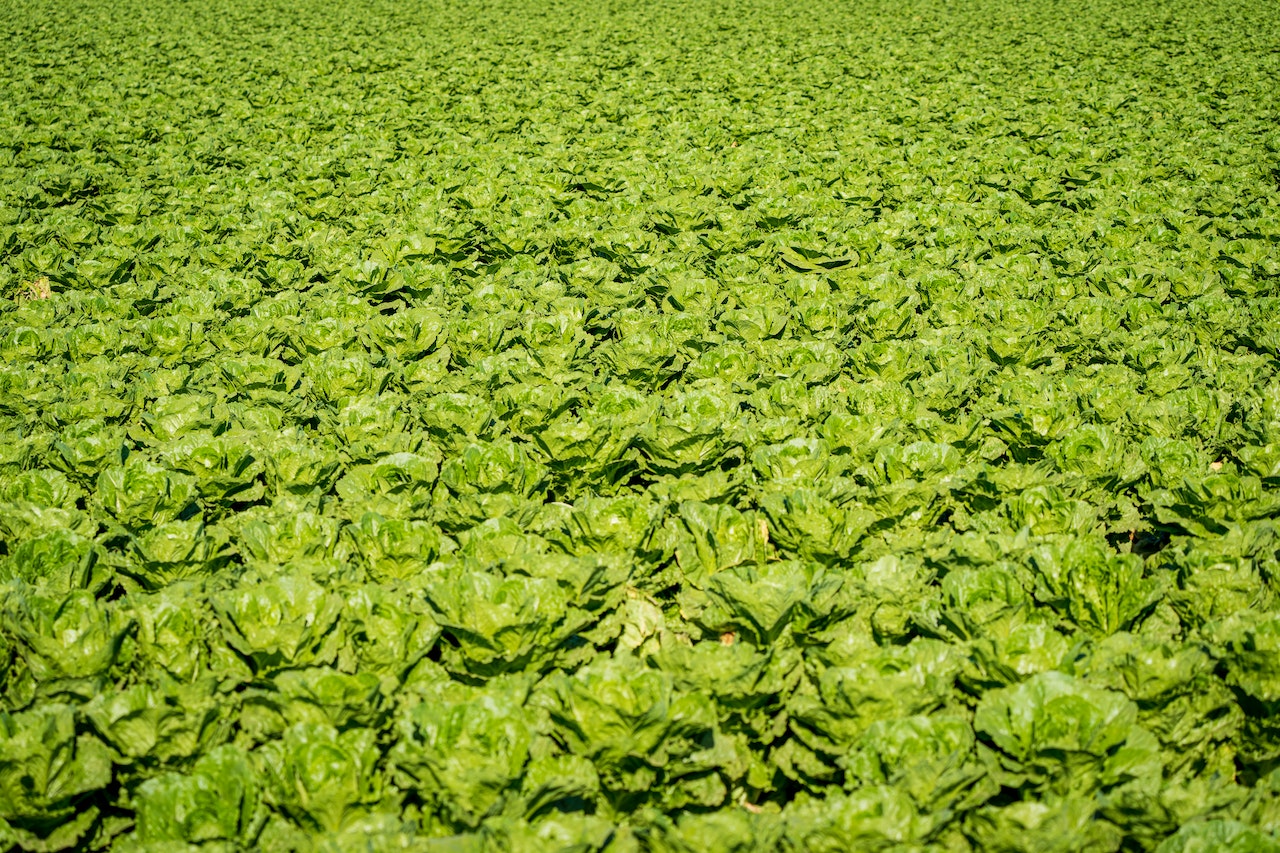Don't miss our holiday offer - 20% OFF!

Read also: Central Soil Moisture Sensors: Enhancing Early Flood Detection
In this modern era, technology continues to rapidly evolve and has a significant impact on various aspects of human life, including in the field of agriculture. One of the innovations that has transformed the face of agriculture is the smart hydrofarming system. This system integrates advanced technology with hydroponic farming methods, creating an efficient solution for sustainable high-quality crop production. This article will delve deeply into the main components of the smart hydrofarming system, how they work synergistically, and the benefits they can yield.
Main Components of the Smart Hydrofarming System

Read also: Utilizing IoT in Flood Monitoring and Early Warning Systems
Sensors and Automatic Monitoring: Advanced sensors installed within the smart hydrofarming system play a crucial role in collecting environmental data such as temperature, air humidity, nutrient levels, and pH levels of nutrient solutions. This data is transmitted to an automated monitoring system that regulates optimal environmental conditions for plant growth. As a result, farmers can avoid extreme fluctuations that could damage crops and optimize harvest yields.
Nutrition Control System: This component regulates the supply of proper and balanced nutrients to the plants. The system ensures that plants receive the necessary nutrients at the right time, leading to faster plant growth and higher-quality yields.
Automated Illumination: Light is a critical factor in plant growth. The automated illumination system in smart hydrofarming adjusts light intensity according to plant requirements. This helps extend the plant’s exposure to light, thus making photosynthesis more efficient.
Temperature and Humidity Control: Environments that are excessively hot or humid can be detrimental to plant growth. The smart hydrofarming system incorporates devices to regulate temperature and air humidity around the plants. This can reduce the risk of diseases and ensure optimal conditions for growth.
How These Components Work Synergistically

Read also: How Air Pollution Sensors Work in Smart Cities
Integrating the main components within the smart hydrofarming system enables the creation of a highly controlled and optimized growth environment. Sensors collect data, which is then processed by the automated monitoring system. The nutrition control system responds to this data by providing appropriate nutrients, while automated lighting and temperature/humidity regulation help create an ideal environmental condition. The synergy among these components ensures that plants grow in optimal conditions, resulting in abundant and high-quality harvests.
Conclusion

Read also: Behind the Scenes: Humidity Sensors in Efficient Smart Buildings
The smart hydrofarming system is a tangible example of how technology can transform the landscape of modern agriculture. Through the integration of advanced sensors, nutrition control, automated lighting, and temperature/humidity regulation, the smart hydrofarming system emerges as an innovative solution. Understanding its main components and their synergy helps appreciate the potential of this technology in addressing future agricultural challenges.





